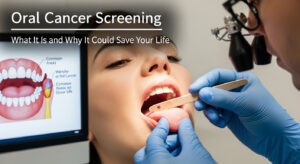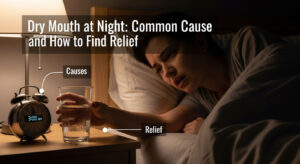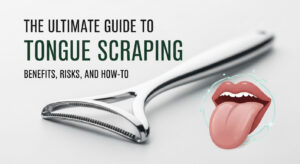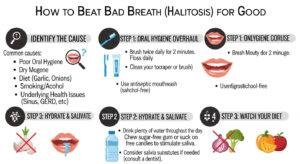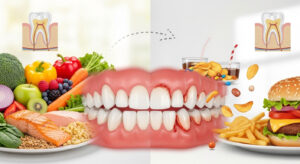Author: nearmedental
Taking care of the baby’s teeth is really important for parents. Parents should try every measure to keep their babies safe from tooth decay. In order to do that, understanding pediatric tooth decay in a detailed manner is important for parents. In this article, we will give you a detailed overview of pediatric tooth decay.
Once parents have understood this disease, they will come up with different measures to prevent their child. This measure will keep the child safe from different medical issues.
Understanding Pediatric Tooth Decay – Causes of Tooth Decay
Tooth decay might develop in your baby’s teeth when your mouth gets infected with acid-producing bacteria. Parents usually pass this bacteria into babies through saliva. For example, parents’ saliva comes in contact with the baby’s mouth through spoons or cups. This is possible because parents check the food before feeding it to the baby with the same spoons and cups. When parents clean off the pacifier through their mouth, it also transfers saliva into babies.
Exposure to any liquid or food except water for an extended period can cause tooth decay in a baby. If a child consumes any liquid other than water frequently, tooth decay is sure to happen. When liquids containing natural or added sugar get inside your mouth, bacterias change this liquid into acid. This acid is harmful and can dissolve the tooth’s outer part causing tooth decay.
The most common cause of tooth decay is when parents leave their children to sleep with a bottle of formula, juice, or milk in their mouth. It can also happen when children frequently drink multiple liquids other than water. A child should drink milk only once a day and not more than that. It’s better if the child drinks milk only with meals.
Breastfeeding won’t cause tooth decay. However, to assure that, the mother needs to take care of oral hygiene and diet.
Understanding Pediatric Tooth Decay – Signs of Tooth Decay
During the initial stages, tooth decay will appear as a white spot at the gum line on the tooth’s upper front. Sometimes these spots are very small, and it becomes difficult for dentists to mark them. However, with the help of proper equipment, the dentist can easily mark these spots.
After examining a child with tooth decay, the doctor should immediately come up with a treatment plan. The faster the treatment starts, the chances of tooth decay getting spread lowers down. Once the dentist has stopped the spread, it becomes easy to prevent further damage.
Until now, the article must have helped you in understanding pediatric tooth decay to some extent. Well, now we will discuss how to prevent it.
Understanding Pediatric Tooth Decay – Prevention
In order to take good care of your baby’s teeth, you need to take some prevention measures. You can follow the following steps to prevent tooth decay in a baby:
- The mother should take care of her oral health even before the child is born. During pregnancy, a mother should take all measures that will keep her safe from any dental diseases.
- You can bottle-feed or breastfeed the infant, but you need to take care of their teeth on a regular basis.
- Birth to 12 months: Wipe the infant’s gum regularly with a soft baby cloth
- 12 to 36 months: At this age, you need to brush your child’s teeth two times a day for efficient prevention.
- When you are putting your child to sleep, remember not to put a bottle in their mouth. Such actions expose your child’s teeth to extra sugar and might also cause ear infections.
- Never use a bottle or sippy cup as a pacifier. If these two remain in your child’s mouth for long, it can cause damage to the gums and cause oral diseases. Only give them a bottle or a sippy cup between meals. Fill the bottle and sippy cup with water only.
- You must ensure that your water contains an appropriate amount of fluoride in it because it is good for a child’s oral health. If your water doesn’t contain enough fluoride, the doctor will prescribe some fluoride supplements for your child.
- Try to make your child learn to drink from a regular cup as soon as possible.
You now have a detailed understanding of pediatric tooth decay.
Bottom Line
Now you must have realized that understanding pediatric tooth decay is not that difficult. However, you must take everything into your mind and take appropriate measures to avoid tooth decay. This will help your child when he/she will become an adult.





